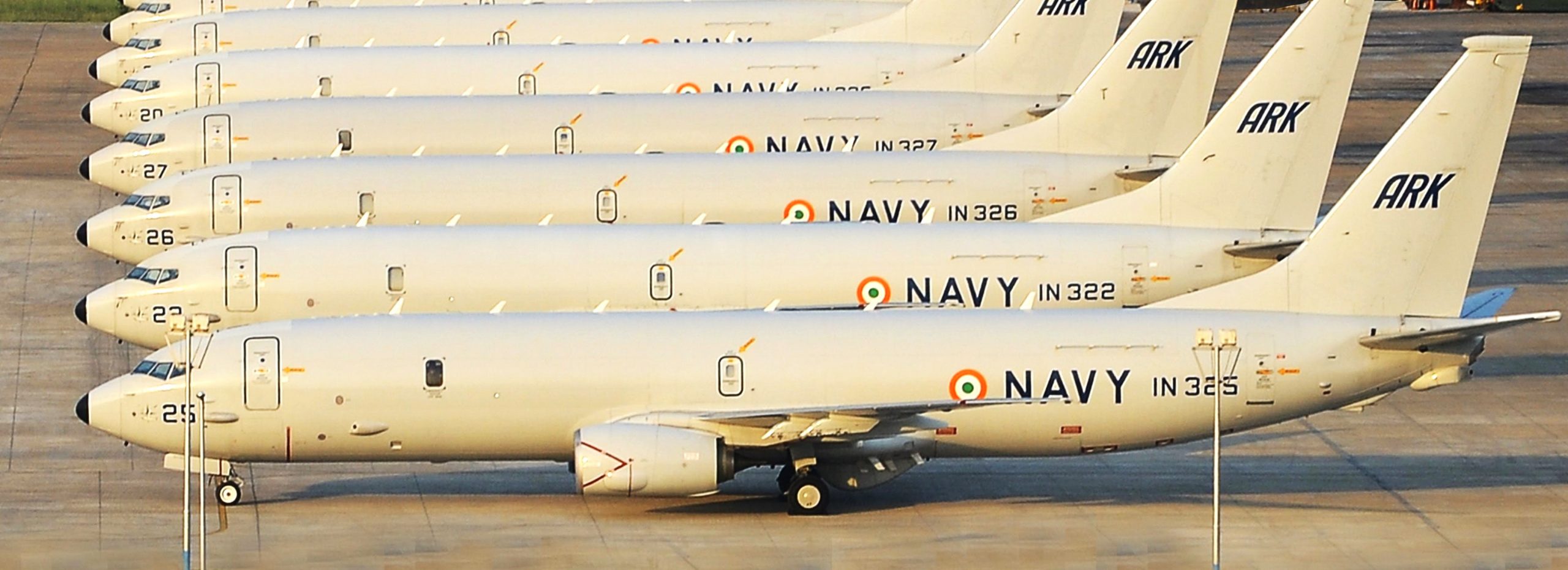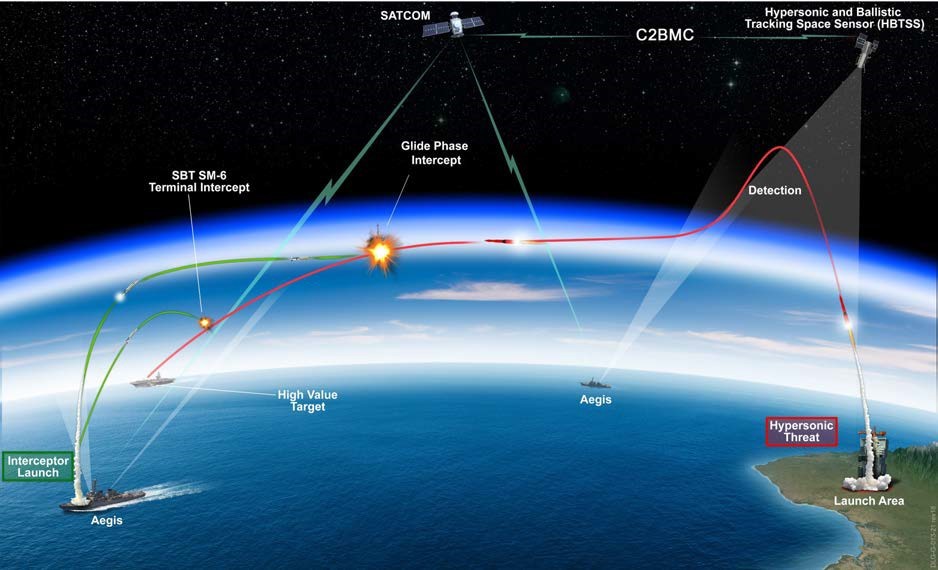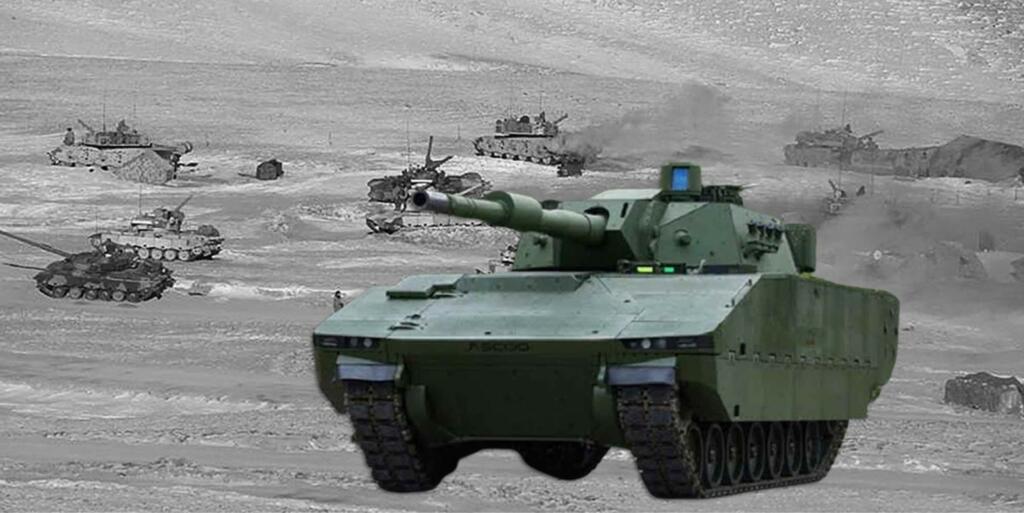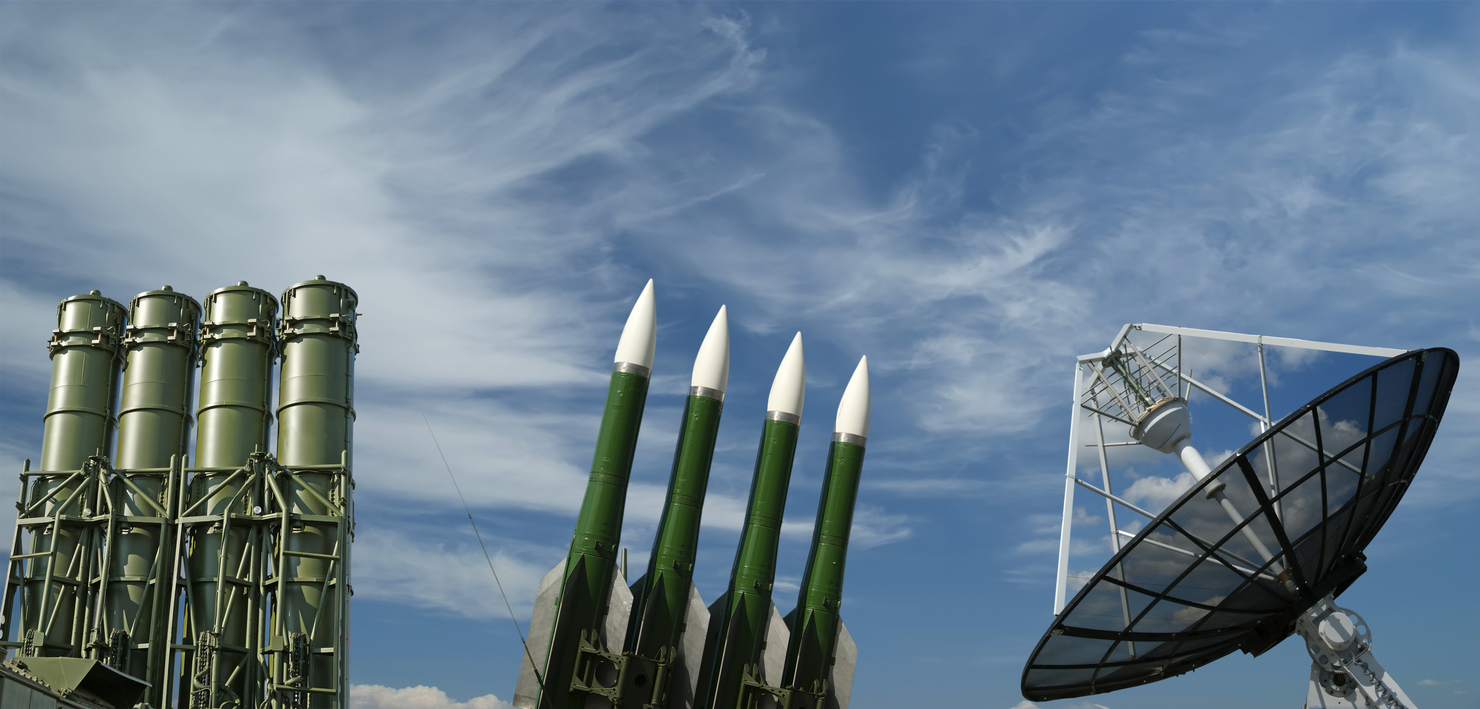
J&K’S TACTICAL BATTLES: MISNOMERS AND NUANCES IN THE CURRENT TIMES : PART 1
 Fri, 22 Sep 2023
| Reading Time: 5 minutes
Fri, 22 Sep 2023
| Reading Time: 5 minutes

The Kokernag encounter received considerable attention in the media. Social circles in various towns and cities I have recently visited were also discussing it, especially if they happen to have someone in the know from the Army, who is reasonably experienced in operations of this kind. Lots of misnomers are floating and there is speculation of all kinds about why the Army’s highly experienced Rashtriya Rifles unit involved in the operation found it so difficult to neutralize two or three terrorists responsible for the unfortunate fatal casualties. These casualties were the Commanding Officer (CO) of 19 Rashtriya Rifles Col Manpreet Singh, the Company Commander Major Ashish Dhonchak, ASP Humayun Bhatt of JK Police (three officers in the first rush of the contact) and Sepoy Pradeep Singh who was missing but his body was later recovered.
It is important to remove a few misnomers from the public perception before attempting to explain anything about J&K’s security situation. First, this encounter and its negative result and publicity should cause no dismay in the public mind that things are out of control in the Valley. That is a perception furthest from the truth. Unfortunately, a misguided perception has prevailed in the last few years, that with amendment of Article 370 every aspect of Pakistan’s proxy war had been neutralized. It is further reinforced by the factors which indicate progress in the environment; factors such as tourist influx, ready participation in and celebration of India’s National days, acts of symbolism such as the fluttering National flags at iconic landmarks, commercial activity all over the Valley and the return of entertainment in the form of cinema and cafeterias. No doubt, almost all parameters of violence too have shown downward trends and the plethora of networks are under dismantlement. It does not take long for commercial activity to return once the indicators towards normalcy start emerging but in the domain of security it takes considerable time to take apart the structures and networks on which proxy war has ridden for 30 years and more. In other words, there are different parameters which indicate commercial and social normalcy on one hand and normalcy in the security domain on the other. That is why it is good to go by the adage – ‘the absence of violence is not normalcy’.
The second misnomer is about the locations of the recent encounter and the encounters that took place from April 2023 onwards. The public imagines that every encounter is in the vicinity of the LoC and that the Indian Army must immediately jump across the LoC for retribution. The Kokernag encounter was nowhere near the LoC; it was in the Anantnag area deep inside the Valley in South Kashmir. It was in the nape of the Pir Panjal range on the Kashmir side. Another negative encounter took place in Damal Hajipura near Shopian (Valley) again close to the Pir Panjal, in July 2023. Three brave hearts died in action. A few months prior, in an ambush on an Army vehicle taking fruits for a Iftar party, five brave hearts were killed in action. In the subsequent search and destroy operations, five paratroopers from a Special Forces unit lost their lives in the line of duty. Both these operations were again in the nape of the Pir Panjal but in the south, in the Rajouri area. The common string joining all these encounters is that it was the Pir Panjal where they took place. So, what is it about the Pir Panjal, under the current circumstances that makes this the new ‘garh’ (fortress) that the terrorists are gravitating to and responding from there.
For ease of understanding this, the Pir Panjal range separates the Jammu division from the Kashmir division. It extends in the west right up to Muzaffarabad in PoK, and in the east it extends into Himachal Pradesh. Broadly, from the Haji Pir pass south eastwards up to Kishtwar is the segment which is of concern to us. Eastwards beyond Kishtwar the area is generally devoid of terrorist presence although perhaps 10-12 years ago this area too was in the grip of terrorism. Two aspects are important about the terrorist presence in the Pir Panjal. First, when operational pressure is intense in South Kashmir, hideouts and safehouses in villages and towns have disappeared and there is increasing feasibility of exposure even by locals, terrorists gravitate to the Pir Panjal; that is the situation now. South of the range, infiltrators from the more porous LoC find the Pir Panjal the easiest area to move to, to prevent exposure. All along the range are pastures where the migratory graziers take their livestock to fatten them on the nourishing grass in the meadows. They usually live in mud or wooden huts with their animals also under the roof. Terrorists either find abandoned grazer huts (called dhoks) and live in them or merge with the graziers and live amongst them.
The most famous landmark which became a terrorist stronghold, almost fortress like, was a pasture called Hilkaka. In the late Nineties, as part of the Headquarters (HQ) of Victor Force, one of the most hard-pressed HQ of J&K, I recall receiving many radio intercepts mentioning the Hilkaka hideout. Immediately after Kargil this presence was causing considerable concern to senior commanders, but our attention was seized more by the increasing volume of so called fedayeen attacks. Not before 2003 was Hilkaka tackled by the Romeo Force of the Rashtriya Rifles under Operation Sarp Vinash. It was a difficult operation as there was little water at those heights and logistics constraints prevented continuous operations. This was overcome by the genius of Maj Gen (later Lt Gen) Hardev Lidder, GOC Romeo Force who had Mi-17 helipads constructed at various heights to enable movement of logistics to support the operations. The pressure that the operation imposed led to many terrorist kills when terrorists fleeing to the Valley side where gunned down in several ambushes by the Army, right there on the Pir Panjal.
With a maximum of 100 terrorists who are on the run and largely avoiding contact, the heights of the Pir Panjal offer the best hideouts. Heavy foliage, sharp contours and rocky lair assist in creating hideouts. These hideouts are created with the help of local masons and carpenters to partially withstand even the first flush of winter. These masons and carpenters are forever under suspicion by terrorists of being ‘mukparis’ (informers). Sometimes they can be used to gain the confidence of gullible SF elements and lead them into ambushes. This has happened in the past in this game which does not boast of any code of honour; it is a devious world which exists at the Pir Panjal. This is what has led to speculation by some quarters into believing that Colonel Manpreet Singh and his team may have been led into such a trap. There can be no surety of this, but the surmise is generally discounted by the long experience that the CO had in the conduct of operations in this area of South Kashmir.
It is intended to highlight and further explain publicly the broad nature of operations in J&K without impinging on security issues. The idea is that the public must be reasonably well informed about the challenges which exist and especially the unseen and unwritten nuances which sometimes leads to negative contacts with casualties to our own personnel.
Part – II of this article follows in a few days.
Disclaimer
The opinions expressed in this article are the author’s own and do not reflect the views of Chanakya Forum. All information provided in this article including timeliness, completeness, accuracy, suitability or validity of information referenced therein, is the sole responsibility of the author. www.chanakyaforum.com does not assume any responsibility for the same.
Chanakya Forum is now on . Click here to join our channel (@ChanakyaForum) and stay updated with the latest headlines and articles.
Important
We work round the clock to bring you the finest articles and updates from around the world. There is a team that works tirelessly to ensure that you have a seamless reading experience. But all this costs money. Please support us so that we keep doing what we do best. Happy Reading
Support Us





















POST COMMENTS (0)